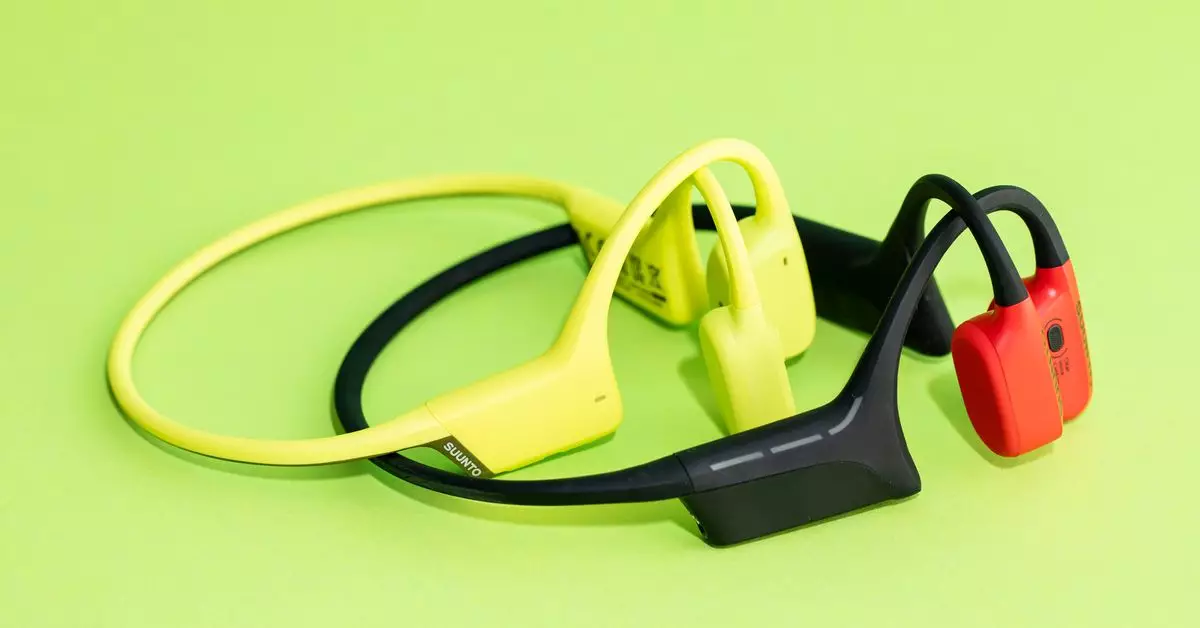As a city runner, the idea of wearing noise-canceling earbuds never seemed like a priority to me. However, after a close call with a speeding vehicle in the suburbs, I decided to give bone conduction headphones a try. Over the past two months, I thoroughly tested both the $199 Suunto Wing and the $149 Suunto Sonic, which are bone conduction headphones known for sending sound vibrations through cheekbones instead of traditional methods.
Initially skeptical of bone conduction technology due to past discomfort and lack of bass, I was pleasantly surprised by the comfort of both the Wing and Sonic. Unlike previous models that dug into my skin and ears, these headphones were stable and secure during my runs, walks, and even when wearing glasses or headbands. While the bass quality was not on par with traditional headphones, it was significantly better than expected, especially with the option to customize sound profiles.
Despite the improvements in comfort and sound quality, bone conduction headphones like the Wing and Sonic still face limitations, particularly in loud environments. The inability to drown out external noise may hinder the listening experience, especially in crowded or noisy settings. This can be a drawback for users who seek versatile headphones for both active pursuits and daily commutes.
In terms of additional features, the Suunto Wing offers LED lighting, a portable power bank, and head motion controls, distinguishing it from the more basic Suunto Sonic. However, the Wing’s extra features did not necessarily justify the $50 price difference for many users, especially when considering similar offerings from competitors like Shokz, which range from $80-$180. The practicality and effectiveness of the Wing’s added features, such as head motion controls, may also vary among users.
Both the Wing and Sonic offer an estimated 10 hours of battery life, with the Wing having an additional power bank for an extra 20 hours of charge. While this may be beneficial for users with longer workout sessions, the necessity of this feature for shorter workouts is debatable. Furthermore, the IP55 and IP67 water resistance ratings of the Sonic and Wing, respectively, offer protection against sweat and rain but fall short of swimming conditions, highlighting a limitation for users who engage in water-based activities.
My experience testing the Suunto Wing and Sonic provided insights into the capabilities and limitations of bone conduction headphones, shedding light on the appeal of this technology for certain users. Despite an increased appreciation for bone conduction headphones, my personal preference for bass-heavy sound profiles remains unresolved, prompting a continued search for an ideal pair of open-ear workout headphones. While the Wing and Sonic offer improvements in comfort and sound quality, as well as unique features, they may not fully meet the needs and preferences of all users, particularly those seeking versatility and immersive audio experiences.


Leave a Reply